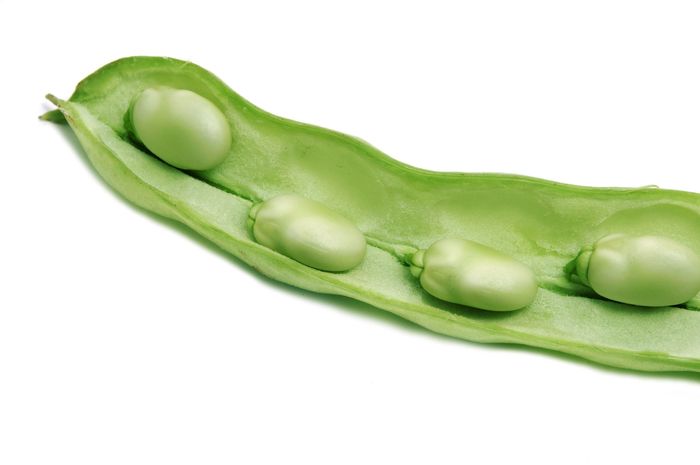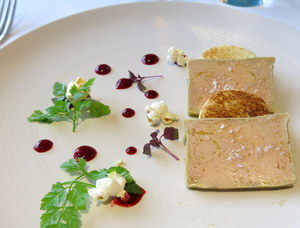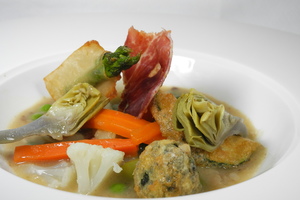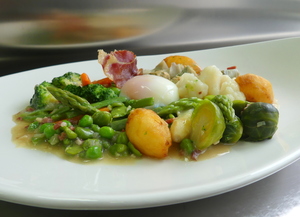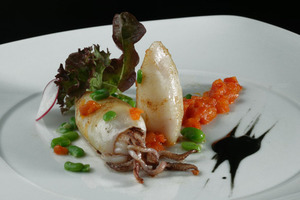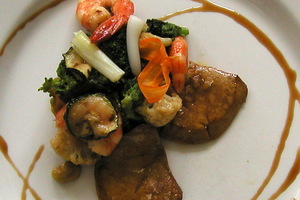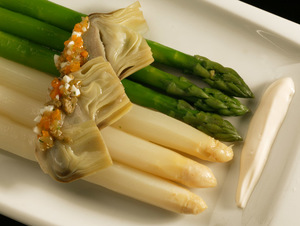Broad beans
The broad bean is the seed of the fruit of the broad bean plant, the Vicia faba.
It is typical from the Middle East, but it has been cultivated in Mediterranean countries for millennia. Its cultivation has been extended to zones with a warm climate all over the world. Its peculiar taste can be enjoyed during the spring, when they can be eaten fresh.
Its nutritional value varies depending on whether the broad bean is fresh or dried. The seed contains carbohydrates, proteins, phosphorous, magnesium and iron, but these components are more abundant in the dried bean. The dried legumes, such as chickpeas and lentils, have a high protein value, even higher than meat sometimes (between 19 and 25g every 100g). However, the nutritional quality of this protein is lower.
Fresh broad beans are better preserved in the fridge or in a fresh and dry place protected from the light and moisture. If they are dry, there is no problem to storage them. It is enough to keep them in a fresh and dry place.
-
Type of dish
- Beers
- Cocktails
- Breakfasts and brunch
- Burguers
- Juices, milkshakes and beverages
- Shellfish
- Bread and pastries
- Pizzas, patty
- Dessert
- Pasta
- Sándwich
- Pastries
- Finger foods
- Ice creams and sorbets
- Legumes
- Salads
- Eggs
- Patty
- liqueur
- Harvard plate
- Main course
- Meats
- Fish
- Birds
- Vegetables
- Soups and creams
- Rices
- Coffee, chocolate and infusion
- Cheeses
- Appetizers and canapes
- Temperature
- Cuisine type
- Additional culinary preparation
- Conservation technique
- Seasonal recipes
-
- Aromatic herbs
- Beverages
- Big game hunt
- Bread and pastries
- Canned goods and pickles
- Cereals
- Condiments, spices and additives
- Cooked, salted, preserved and cold meats
- Dried fruits and nuts
- Dry pulses
- Edible oils and vinegars
- Eggs and derivatives
- Feathered game hunt
- Fish cuts
- Fishes
- Insects
- Kitchen and bakery tecniques
- Kitchen and bakery utensils
- Meat cuts
- Meats
- Milk, cream and derivatives
- Mushrooms
- Offal
- Pasta, rice, flour and derivatives
- Poultry
- Seafood
- Service techniques
- Service utensils
- Vegetables cuts
- Vegetables, fruits, tubers and seaweed

